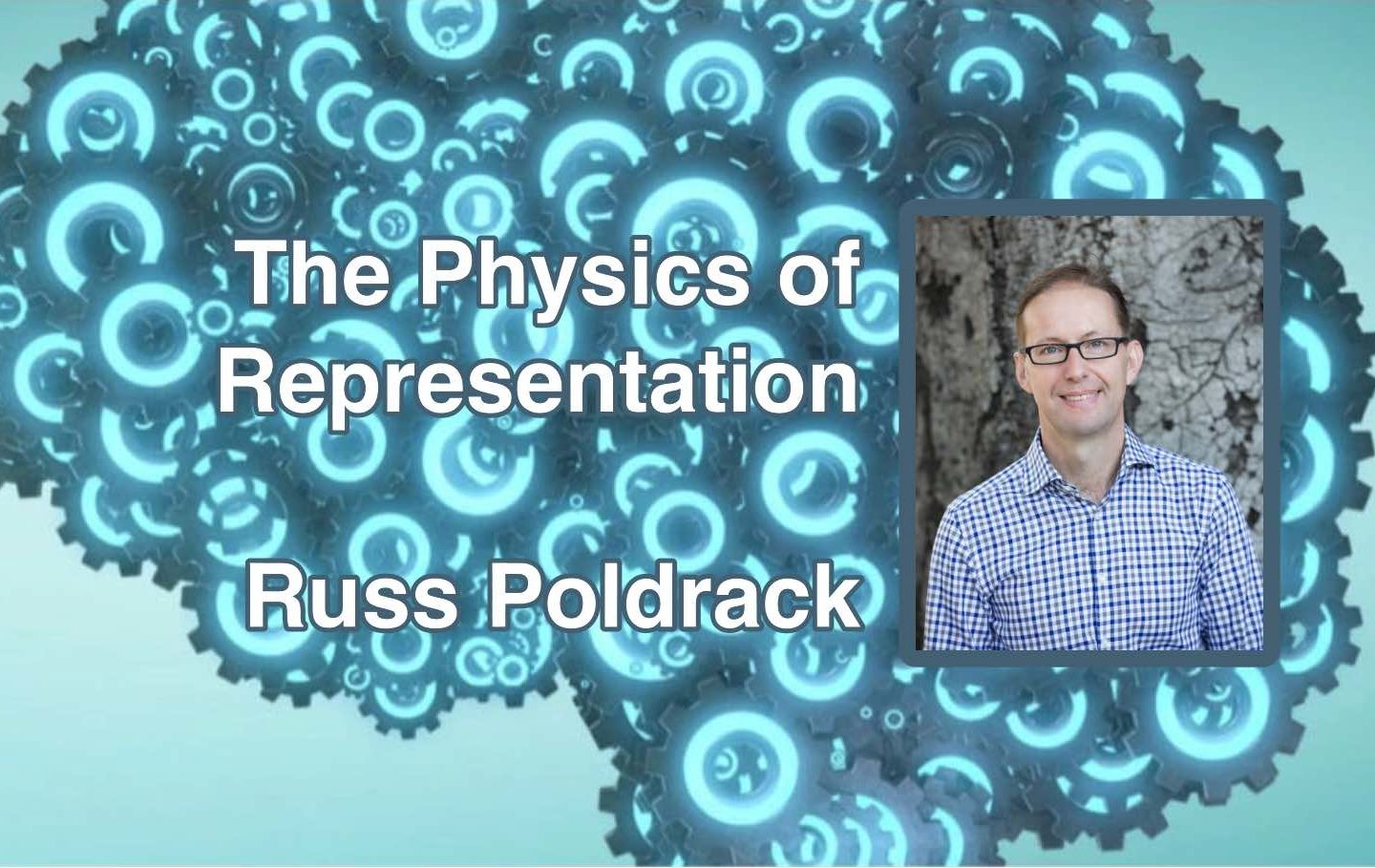We are excited about the next Neural Mechanisms webinar this Friday. As always, it is free. You can find information about how and when to join the webinar below or at the Neural Mechanisms website—where you can also join sign up for the mailing list that notifies people about upcoming webinars,
The Physics of Representation
Author
Russ Poldrack (Stanford University)
Discussants
Adina Roskies (Dartmouth College)
Gualtiero Piccinini (University of Missouri, St. Louis)
Michael Anderson (Western University)
8 May 2020at h 15-17 Greenwhich Mean Time*
*14-16* Greenwhich Mean Time
(Convert to your local time here)
Abstract. The concept of “representation” is used broadly and uncontroversially throughout neuroscience, in contrast to its highly controversial status within the philosophy of mind and cognitive science. In this paper I first discuss the way that the term is used within neuroscience, in particular describing the strategies by which representations are characterized empirically. I then relate the concept of representation within neuroscience to one that has developed within the field of machine learning (in particular through recent work in deep learning or “representation learning”). I argue that the recent success of artificial neural networks on certain tasks such as visual object recognition reflects the degree to which those systems (like biological brains) exhibit inherent inductive biases that reflect on the structure of the physical world. I further argue that any system that is going to behave intelligently in the world must contain representations that reflect the structure of the world; otherwise, the system must perform unconstrained function approximation which is destined to fail due to the curse of dimensionality, in which the number of possible states of the world grows exponentially with the number of dimensions in the space of possible inputs. An analysis of these concepts in light of philosophical debates regarding the ontological status of representations suggests that the representations identified within both biological and artificial neural networks qualify as first-class representations.
Join the online session (up to 10 minutes before it begins) | Read the paper (forthcoming in BJPS)


Will this session be recorded for people who can’t attend?
Hi MA,
The Neural Mechanisms team does try to upload sessions that authors agree to record to their YouTube channel (https://www.youtube.com/channel/UCxlPDIVtY4bN4apwyuSN0Iw/videos). However, there is often a delay of a few months before they are posted and not all authors agree to the recording. I do not know more about this particular session.
Nick
Yes, it will be recorded
O evento irá acontecer às 11h do dia 08/05 (sexta-feira). Entrar 10 minutos antes.
Yes, it will be recorded.